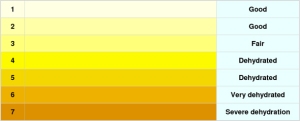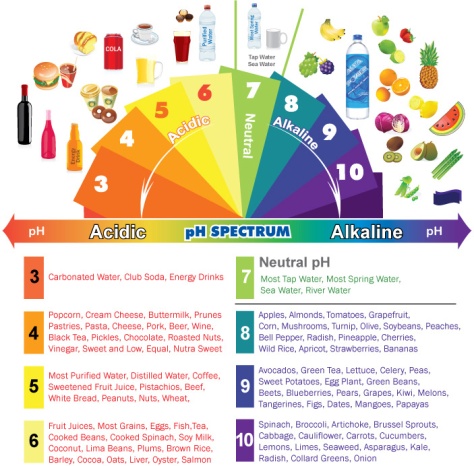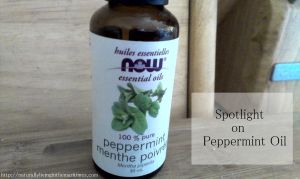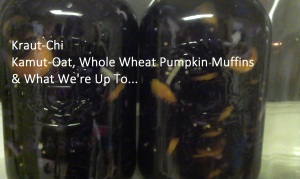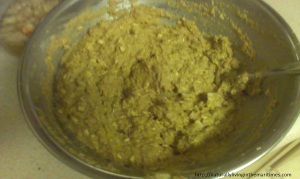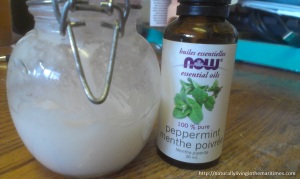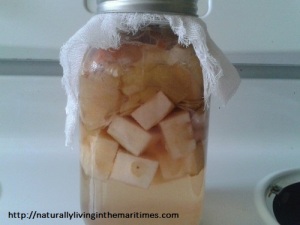This is my favourite subject of all time. Maybe because its taboo and I’m just weird, I don’t know. But I figured that since this will be my last post before my wedding hiatus, I wanted to talk about something near and dear to my heart. Pee.
What we’re going to focus on is what your pee is telling you about your overall health, because it’s indicative of many things. We’re going to touch on:
- colour
- amount
- PH
- scent
Colour
What I do know is that I’ve been psyched about peeing since I was a kid. I used to pretend my house was a cruise ship and when you peed, it powered the ship. Hey, pee is the same colour as fuel, right? Sort of?
Well, not for everyone. I recently came across this image, which my boy-scout fiance was very familiar with. It’s a urine colour chart to recognize your level of dehydration.
I drink water like it’s going out of style. Part of that came from working on a hot, humid pool deck from years and having a round of heat exhaustion one summer. I had vowed at that point that it wouldn’t happen again. And here we are at nearly 2L of water a day, spread out, and that’s usually when I’m working. If I’m not, it’s around 1 1/4L. That’s right around where I should be to match the above chart and sit in the good range.
Red. Red can be a sign of urine in the blood which can mean a Urinary Tract Infection (UTI) or Kidney Infection, enlarged prostate, malignant or benign tumors, kidney cysts, kidney or bladder stones, lead or mercury poisoning, or just a symptom of long distance running. Red urine can also be a non-problematic symptom of some medications (Senna laxatives, some antibiotics, etc.) or some foods (beets, for example). It’s always best to check though.
Blue or Green. This can be as simple as having some dyes in your diet (Kool-Aid can do this), medication, UTI bacteria, or familial hypercalcemia (a genetic disorder).
Dark Brown or Tea-Coloured. Food like fava beans, aloe or rhubarb can colour your urine this tinge. Liver and kidney infections, UTIs and a variety of medications can darken your urine.
> You can learn more about urine colour from the Mayo Clinic.
Amount
I get a hard time about going to the washroom once every two hours (or more frequently if I chug the water) but at the end of the day, I know it’s more about my health.
While I’m not a follower of Dr.Oz, he claims your urine output should be between 1 to 2 litres a day. So, think about it – in terms of the amount of water (or other liquids) you drink, and all your fresh veggies and fruits (which contain water), how much are you really peeing? If you’re not getting about that much out, it’s a sign of dehydration, or kidney disorder. If you’re peeing more than that amount, which I sometimes do, it can be a sign of diabetes, kidney disease or just too high of a fluid intake. (I have checked my blood sugar on numerous accounts and am always a steady 5.0 to 5.4 and the kidneys are functioning… No worries here!).
Urine PH
With urine PH, you should be aiming for a very neutral 7.0. This is an easy test to do as you can buy the strips at the grocery store or health food store (we saw them the other day at the Superstore for $12.99 in the Natural Source section). You want to aim to check your urine PH a few times a day, as things like what you eat can affect it. You do not want to see high acidity levels on your urine PH. For one, this can cause kidney stones.
An Acidic PH (below 7.0) can cause issues throughout your body ranging from digestive concerns to infertility to acidosis in your muscles. An acidic body causes problems all OVER. There are also MANY links between an acidic body and high cancer rates. Urine PH can be a good way to nip your acid levels in the bud and get them down to a healthy range.
How?
This can be solved with diet – eating more fruits and vegetables and steering away from your commodity and conventionally raised meat products. Stay away from soda pop (you should see my tooth enamel. Thanks Coke Zero!). Eat broccoli, avocado, cucumber, kale, cabbage! These will take you into that prime, alkaline state you’re looking for. I loved this resource from Mind Body Green and I think it’ll help you get a good idea of what should be on your low-acid plate:
As for low alkalinity, I don’t think I could have explained it any better than Natural News does here: http://www.naturalnews.com/023097_alkaline_water_body.html
You want to aim for that balance, leaning more towards alkalinity than acidic. Track your PH. See what foods move you one way or the other. Stress also plays a role. Keep playing around until you reach a balance. I’ll talk more about alkalinity and acidity in the body in the posts to come.
Smell
Man, I like talking about pee as much as the next girl but I’m not encouraging anyone to take big morning whiffs of the yellow stuff. If you know what I’m saying.
What I am proposing, though, is that you should be attentive to the scent of your urine. You’re looking for a sweet scent (can be a symptom of diabetes as the high blood sugar has made its way out of your blood and into your urine). If you notice a very STRONG urine scent, this can be indicative of dehydration – pair this up with your urine colour chart to get your answer. UTIs can cause a foul-smelling urine, while maple syrup urine disease (the inability of your body to process certain amino acids) causes your urine to smell like maple syrup – it’s genetic.
Extras
It should not hurt to pee. This can be a symptom of a UTI and some sexually transmitted infections (STIs). It’s definitely a reason to be checked out. For women, pelvic floor muscle strength is important for preventing incontinence. Here’s a great article from Mommypotamus about kegels and peeing in the shower (it’s good for you!).
You should always be attentive to your bodily health and urine is no exception. You pee (or should be) 2L a day, spread out. It takes up time, and that time can be used to get a good image of your body’s excretory system and overall health.
Have a great weekend all, and I’ll be back posting again soon, a married woman. Best wishes.
Resources
http://www.mindbodygreen.com/0-6243/How-to-Balance-Your-pH-to-Heal-Your-Body.html
http://www.mayoclinic.com/health/urine-color/DS01026/DSECTION=causes



